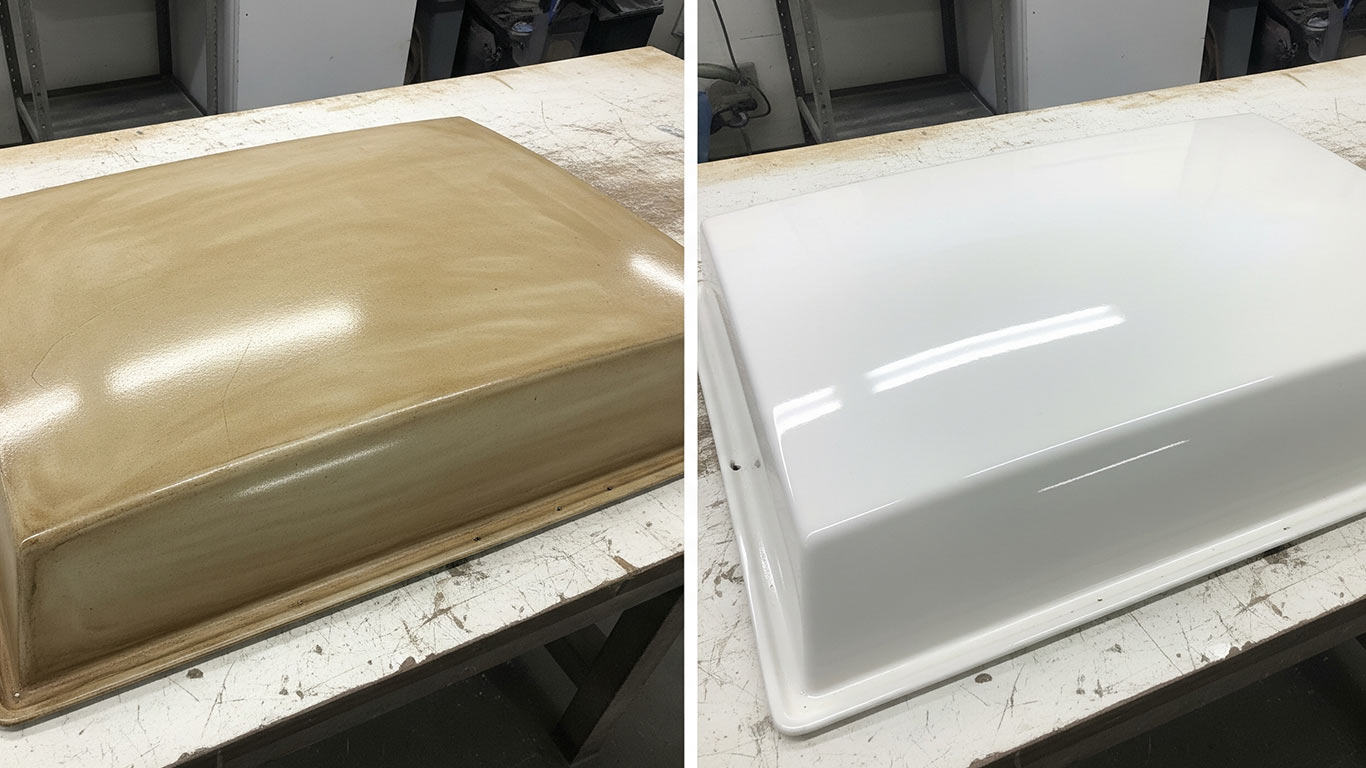
FDA
FDA 21 CFR 1040.10 - Laser Product Performance Standards



I've seen fiberglass excel in marine and aerospace applications because it combines impressive strength with lightweight durability and resists corrosion far better than metals, so you avoid heavy rust issues over time
When we look at the fiberglass surface before laser cleaning, contaminants cover the fibers thickly. Dust and residues cling to every strand, making the texture rough and uneven. The whole area appears cluttered, hiding the material's true structure underneath.
After the laser treatment, the surface shows clear, exposed fibers standing out sharply. No more buildup mars the view, and the strands look smooth and defined. We've uncovered a pristine layer that reveals the fiberglass's natural form clearly.

FDA 21 CFR 1040.10 - Laser Product Performance Standards

ANSI Z136.1 - Safe Use of Lasers

IEC 60825 - Safety of Laser Products

OSHA 29 CFR 1926.95 - Personal Protective Equipment
License: Creative Commons BY 4.0 • Free to use with attribution •Learn more